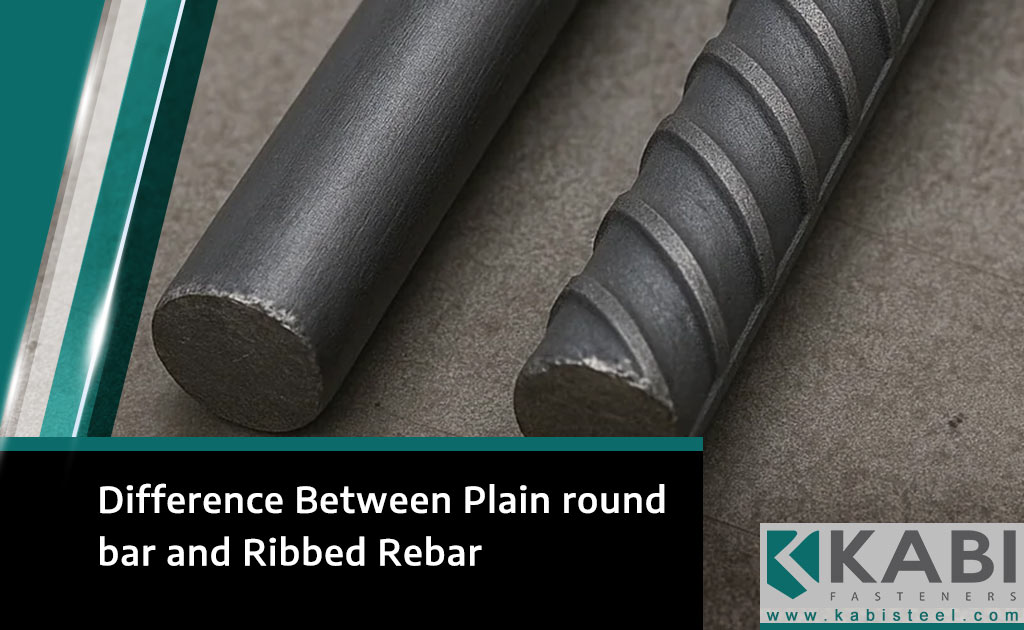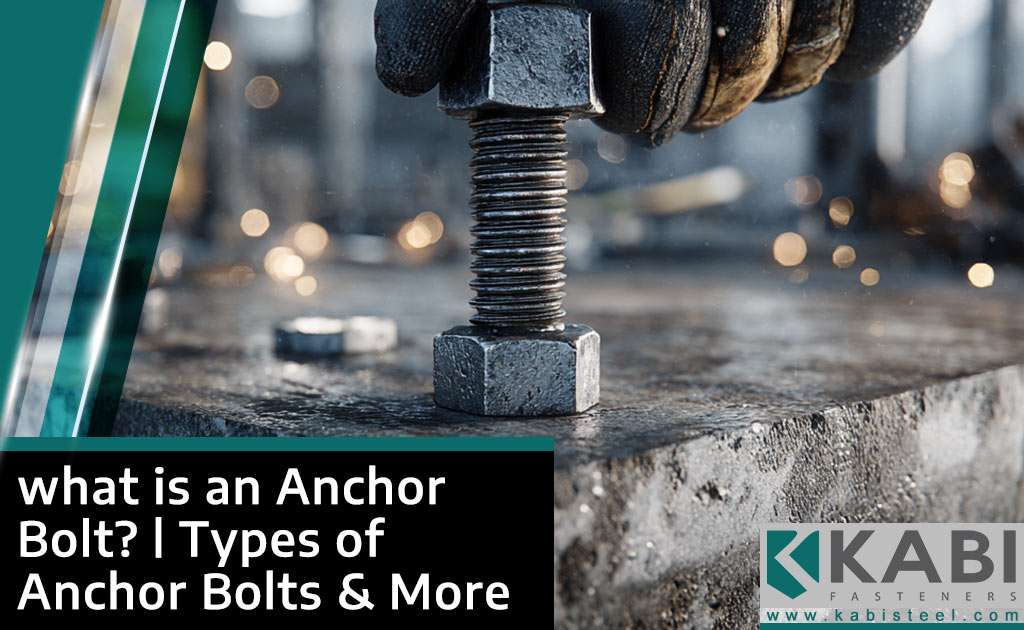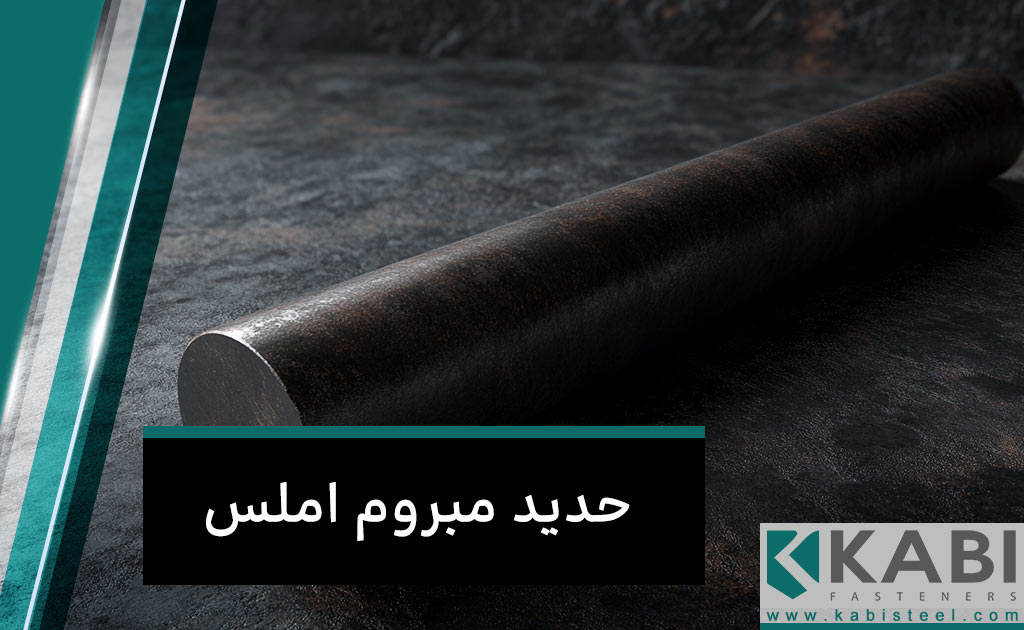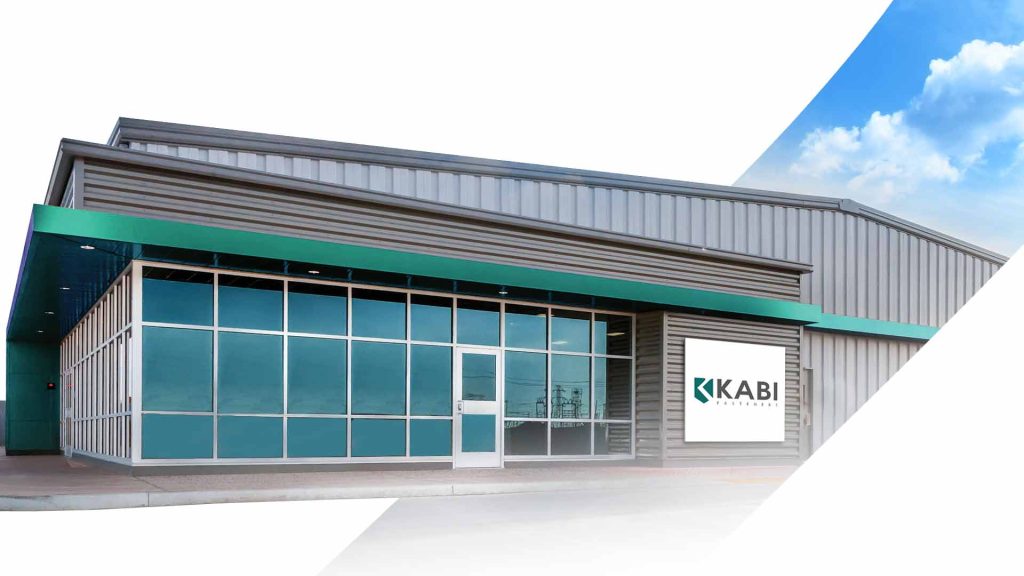
- +98 939-202-0264
- pr@kabisteel.com





Hot rolled steel is a versatile and widely used material in various industries. Its production process involves heating a billet or slab of steel above its recrystallization temperature, then passing it through a series of rollers to thin it and shape it into the desired form. This process gives hot rolled steel its distinct characteristics – a rough surface texture and rounded edges.
The production process of hot rolled steel is a fascinating and intricate one that involves several steps. It all starts with a billet or slab of steel, which is heated above its recrystallization temperature. This temperature is usually around 1700 degrees Fahrenheit (926 degrees Celsius). Heating the steel above this temperature ensures that it becomes malleable and can be shaped easily.
Once the steel has reached the desired temperature, it is then passed through a series of rollers. These rollers apply pressure to the steel, thinning it and shaping it into the desired form. The roller mills used in this process can vary in size and configuration depending on the specific requirements of the steel being produced. The steel is continuously rolled until it reaches the desired thickness and shape.
After the rolling process, the hot rolled steel is left to cool naturally. During this cooling process, the steel undergoes a phase transformation, which gives it its final properties. The resulting steel has a rough surface texture and rounded edges, which are characteristic of hot rolled steel.
Hot rolled steel offers several advantages that make it a popular choice in various industries. One of the key advantages is its cost-effectiveness. The production process of hot rolled steel is efficient and relatively inexpensive compared to other methods. This makes it an attractive option for companies looking to reduce costs without compromising on quality.
Another advantage of hot rolled steel is its superior tensile strength. Tensile strength refers to the ability of a material to resist being pulled apart. Hot rolled steel has excellent tensile strength, making it suitable for structural applications that require load-bearing capabilities. This strength also makes hot rolled steel a preferred choice for manufacturing pipes, cylinders, and storage tanks.
Additionally, hot rolled steel is highly malleable, meaning it can be easily shaped into different forms. This makes it a favorite among architects and designers who require flexibility in their designs. The malleability of hot rolled steel allows for the creation of intricate and unique structural components, such as beams, columns, and tubes.
Hot rolled steel finds applications in a wide range of industries, thanks to its versatility and desirable properties. In the construction industry, hot rolled steel is commonly used for structural components. Beams, columns, and tubes made from hot rolled steel provide the strength and stability required in buildings and infrastructure projects.
In the manufacturing sector, hot rolled steel is utilized in various applications. Its malleability makes it ideal for shaping into different forms, allowing manufacturers to create custom components and products. Hot rolled steel is often used in the production of automotive parts, machinery, and equipment.
Hot rolled steel is also extensively used in the oil and gas industry. It is used to manufacture pipes, cylinders, and storage tanks due to its strength and durability. These components are crucial for transporting and storing oil and gas safely and efficiently.
It is important to distinguish between hot rolled steel and cold rolled steel, as they have different properties and applications. While hot rolled steel is shaped and formed above its recrystallization temperature, cold rolled steel is processed at room temperature.
The main difference between the two lies in their surface finish and dimensional accuracy. Hot rolled steel has a rougher surface texture and rounded edges, while cold rolled steel has a smoother surface and sharper edges. Cold rolled steel is often preferred for applications that require precise dimensions and a finer surface finish.
Additionally, the mechanical properties of hot rolled steel and cold rolled steel differ. Hot rolled steel tends to have a higher yield strength and lower tensile strength compared to cold rolled steel. This makes hot rolled steel more suitable for structural applications, while cold rolled steel is commonly used in applications that require tight tolerances and a smooth surface finish.
Several factors can affect the quality of hot rolled steel. One of the key factors is the composition of the steel itself. The type and amount of alloying elements present in the steel can significantly impact its properties. Additionally, the temperature and speed at which the steel is rolled can affect its final characteristics.
The condition of the rolling equipment also plays a crucial role in determining the quality of hot rolled steel. Well-maintained and properly calibrated rolling mills ensure consistent and accurate shaping of the steel. Any deviations or defects in the rolling equipment can result in subpar quality steel.

Hot rolled steel is widely used in various industries due to its versatility and desirable properties. In the construction industry, hot rolled steel is commonly used for structural components, such as beams, columns, and tubes. Its strength and stability make it an ideal choice for buildings, bridges, and infrastructure projects.
In the manufacturing sector, hot rolled steel finds applications in automotive parts, machinery, and equipment. Its malleability allows for the creation of custom components that meet specific design requirements. Hot rolled steel is also used in the production of appliances, furniture, and storage systems.
The oil and gas industry extensively utilizes hot rolled steel for the manufacturing of pipes, cylinders, and storage tanks. These components are crucial for the safe and efficient transportation and storage of oil and gas.
The production of hot rolled steel can have significant environmental impacts, particularly in terms of energy consumption and greenhouse gas emissions. The heating process required to reach the recrystallization temperature consumes a considerable amount of energy. Additionally, the use of fossil fuels in the heating process contributes to carbon dioxide emissions.
However, efforts are being made to mitigate the environmental impact of hot rolled steel production. Many steel manufacturers are implementing energy-efficient technologies and exploring alternative energy sources. Recycling steel is also an effective way to reduce the environmental footprint, as it requires less energy compared to producing steel from raw materials.
Working with hot rolled steel requires proper handling and knowledge of its properties. Here are some tips to ensure successful and safe handling of hot rolled steel:
Wear protective gear, such as gloves and safety glasses, when handling hot rolled steel to prevent injuries from sharp edges and heat.
Store hot rolled steel in a dry and well-ventilated area to prevent corrosion.
Avoid excessive bending or twisting of hot rolled steel, as it can lead to stress fractures.
Use appropriate tools and equipment for cutting and shaping hot rolled steel.
Consult with a professional or refer to industry guidelines for specific fabrication techniques and best practices.